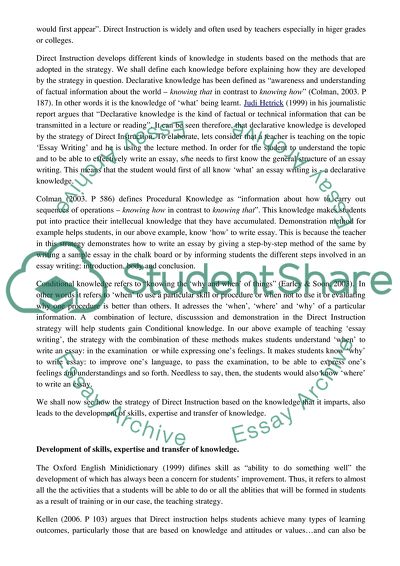Cite this document
(Individual Interactions Across Cultures Dissertation, n.d.)
Individual Interactions Across Cultures Dissertation. Retrieved from https://studentshare.org/culture/1727477-expartise-devlopment
Individual Interactions Across Cultures Dissertation. Retrieved from https://studentshare.org/culture/1727477-expartise-devlopment
(Individual Interactions Across Cultures Dissertation)
Individual Interactions Across Cultures Dissertation. https://studentshare.org/culture/1727477-expartise-devlopment.
Individual Interactions Across Cultures Dissertation. https://studentshare.org/culture/1727477-expartise-devlopment.
“Individual Interactions Across Cultures Dissertation”, n.d. https://studentshare.org/culture/1727477-expartise-devlopment.


